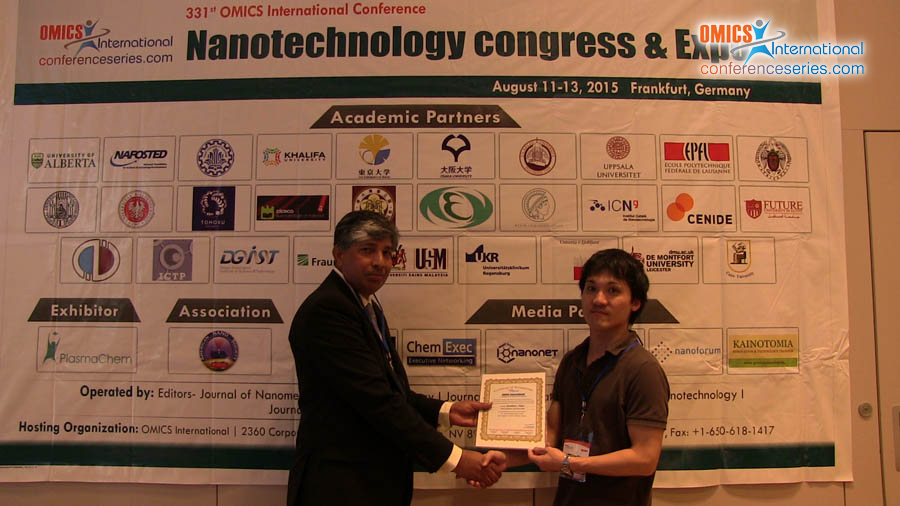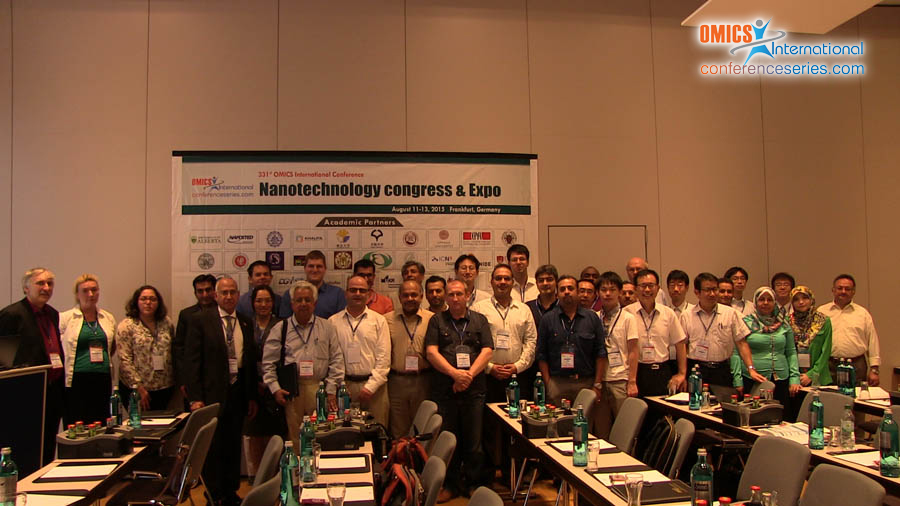
Kuniharu Takei
Osaka Prefecture University, Japan
Title: Printed nanomaterials-based flexible device sheet
Biography
Biography: Kuniharu Takei
Abstract
Flexible electronics is of great interest in the next class of devices for wearable, human-interactive, and prosthesis/robotic applications. In fact, many efforts for the flexible devices using organic and/or inorganic materials have been conducted by developing fabrication methods and flexible materials. The important requirements to realize practical flexible and wearable devices are (1) high performance, (2) low-cost, (3) low power consumption, (4) system integration, and (5) comfortability. Our research focuses on the achievement of above requirements using a printing method of inorganic nanomaterials onto a flexible substrate. In this talk, mainly printed sensor and logic circuitry on a flexible substrate are discussed. For printed sensors, strain, temperature, and ultraviolet light sensors are introduced for the applications of wearable health monitoring and robotic devices. For a logic circuitry, complementary metal oxide semiconductor (CMOS) circuitry is demonstrated with relatively high voltage gain and mobility. However, it should be noted that the flexible CMOS circuitry was fabricated by using a standard semiconductor infrastructures because the technique to obtain fine patterning and high quality of metal, semiconductor, and insulator materials via printing methods is limited. Finally, some proof-of-concept devices based on these inorganic-based flexible devices are introduced.




